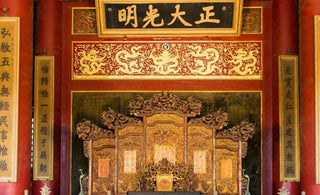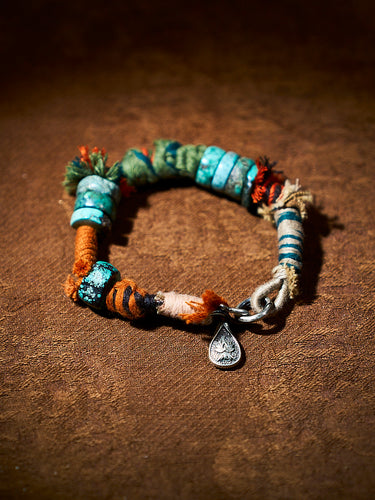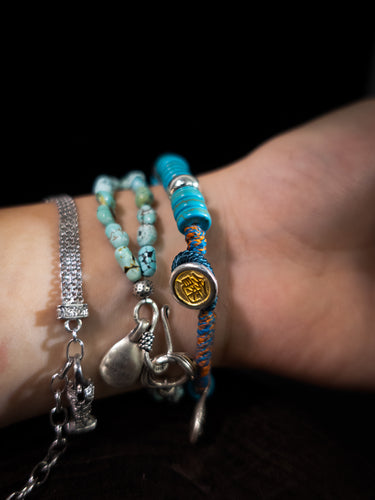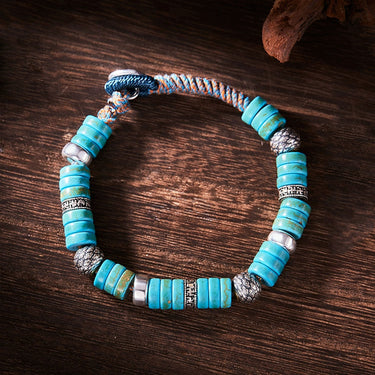
In the heart of Beijing lies a majestic testament to China's imperial history—the Forbidden City. As we embark on a journey to unveil the centuries-old secrets hidden within its walls, we are drawn into a world of unparalleled beauty, cultural significance, and imperial grandeur. Oriental Aesthetics, with its commitment to preserving and celebrating classical oriental art, invites you to explore the rich tapestry of history woven into the very fabric of the Forbidden City.
The Forbidden City: A Glimpse into Imperial Splendor
The Forbidden City, situated in the heart of Beijing, China, stands as a majestic testament to the imperial grandeur of ancient Chinese dynasties. This sprawling palace complex, officially known as the Palace Museum, served as the imperial palace for emperors from the Ming to the end of the Qing Dynasty, spanning nearly 500 years. The Forbidden City is not merely a physical structure; it is a symbol of power, authority, and the rich cultural heritage of China.
As one enters through the imposing Meridian Gate, a world of intricate architectural marvels unfolds. The Forbidden City encompasses 180 acres and boasts 980 surviving buildings with over 8,704 rooms, making it the largest palace complex in the world. The architecture is a harmonious blend of traditional Chinese design principles, characterized by intricate wooden carvings, colorful paintings, and iconic golden roofs. The vermilion walls and golden roofs symbolize imperial authority and wealth, creating a mesmerizing visual spectacle that reflects the opulence of Chinese emperors.
Beyond its architectural splendor, the Forbidden City serves as a repository of Chinese art and culture. Its vast collection includes over a million artifacts, ranging from rare paintings and calligraphy to ancient ceramics and imperial treasures. The Palace Museum provides a comprehensive overview of China's artistic and cultural achievements, allowing visitors to traverse through the corridors of time and witness the evolution of Chinese civilization.
Symbolism in Architecture
At the heart of the Forbidden City's symbolism is the concept of imperial power and legitimacy. The sheer scale and meticulous layout of the complex were intended to reinforce the emperor's authority as the Son of Heaven. The Meridian Gate, the monumental entrance to the palace, symbolizes the connection between heaven and earth. Passing through this gate was a ritual act, signifying the emperor's divine mandate to rule and govern the celestial realm.
The architectural elements of the Forbidden City also adhere to principles of feng shui, an ancient Chinese practice that seeks to harmonize individuals with their surrounding environment. The careful alignment of structures along a north-south axis and the strategic placement of important halls and pavilions were believed to harness auspicious energy, ensuring the well-being and prosperity of the imperial family.
Color plays a crucial role in conveying symbolism within the Forbidden City. The predominant use of vermilion, a deep red hue, is not merely an aesthetic choice but a deliberate symbol of power, good fortune, and happiness. The golden roofs, adorned with intricate dragon motifs, represent imperial authority, with the dragon being a symbol of the emperor in Chinese culture. The vibrant colors throughout the complex were carefully chosen to create a visual spectacle that emphasized the majesty and authority of the imperial court.
The Forbidden City's layout is organized in a hierarchical structure, with the most important structures placed along the central axis. The Hall of Supreme Harmony, positioned at the heart of the complex, was the principal ceremonial hall where important state events and imperial ceremonies took place. Its elevated platform symbolizes the emperor's elevated status, and the three-tiered terrace upon which it stands reflects the three realms of heaven, earth, and man.
Numbers and Shapes: The Language of Imperial Design
Beyond the central axis, the Forbidden City features numerous courtyards and halls, each with its own symbolic significance. The Hall of Central Harmony, for example, served as the emperor's preparation chamber for important ceremonies, emphasizing the need for mental and spiritual balance in governance. The symbolism extends to the names of the various halls and pavilions, with each title carefully chosen to convey specific virtues or ideals.The layout of the Forbidden City is meticulously planned, reflecting the profound influence of Chinese cosmology and philosophy. The complex is organized along a north-south axis, with the main halls and living quarters aligned to adhere to the principles of Feng Shui. The Hall of Supreme Harmony, the Hall of Central Harmony, and the Hall of Preserving Harmony are among the prominent structures that dominate the central axis, serving as the ceremonial heart of the imperial palace.
One cannot explore the Forbidden City without encountering its legendary courtyards, each with its unique significance. The Inner Court, reserved for the emperor and his immediate family, is a secluded realm of tranquility amidst the bustling complex. The Imperial Garden, with its pavilions, rockeries, and ancient trees, offers a serene retreat for contemplation.
The concept of duality is another important aspect of the Forbidden City's symbolism. The layout of the complex mirrors the traditional Chinese belief in the duality of yin and yang, with the emperor as the harmonizing force between opposing cosmic forces. The balance between opposing elements is not only reflected in the physical layout but also in the intricate details of the architecture and ornamentation.
Delving into the secrets of the Forbidden City, we encounter the significance of numbers and shapes in its design. The number nine, associated with the emperor, manifests in the repeated use of elements and the organization of structures. Symmetry, a reflection of Daoist principles, permeates the palace grounds, emphasizing the balance of opposites — a fundamental concept in Chinese philosophy.
Cultural Narratives in Art
As we wander through the Forbidden City's expansive courtyards and ornate halls, we discover a treasure trove of classical oriental art. Intricate paintings, calligraphy, and ceramics narrate stories of dynastic rule, cultural achievements, and the imperial court's aesthetic pursuits. Oriental Aesthetics recognizes the importance of preserving and promoting these artistic legacies, fostering a deeper appreciation for classical oriental art.
Behind the closed doors of the Forbidden City are hidden chambers that once housed imperial secrets. The Hall of Supreme Harmony, the highest-ranking structure, witnessed crucial decisions and grand ceremonies. The imperial gardens, meticulously landscaped, provided a sanctuary for reflection and leisure. Oriental Aesthetics, with its dedication to professional services for oriental artists and enthusiasts, appreciates the cultural significance embedded in these secrets. However, the Forbidden City's history also bears witness to significant political and social changes. It ceased to be the imperial residence with the abdication of the last Qing emperor in 1912, marking the end of the imperial era. Subsequently, it transformed into the Palace Museum, opening its doors to the public in 1925. Today, millions of visitors from around the world flock to the Forbidden City, eager to explore its rich history and witness the grandeur of China's imperial past. The Forbidden City stands as a living testament to China's imperial legacy. Its architectural brilliance, cultural significance, and historical importance make it an unparalleled treasure trove of Chinese heritage. The Forbidden City is not just a glimpse into imperial splendor; it is a journey through the annals of Chinese history, inviting all who enter to marvel at the enduring legacy of an extraordinary civilization.
The Forbidden City stands not only as a historical relic but as a living testament to China's rich heritage. As we trace centuries of secrets within its walls, there arises a responsibility to preserve and protect this cultural gem. Oriental Aesthetics, committed to providing high-quality professional services, recognizes the importance of safeguarding classical oriental art for future generations.
In the Forbidden City, every step echoes with the footsteps of emperors, concubines, and courtiers from centuries past. It is a journey through time, revealing the cultural richness, artistic brilliance, and imperial legacy of China. Oriental Aesthetics invites you to delve into this extraordinary tapestry of history, art, and secrets, embracing the beauty and significance of the Forbidden City. As we unveil its mysteries, we celebrate the enduring allure of classical oriental art and the timeless stories embedded within its masterpieces.





























